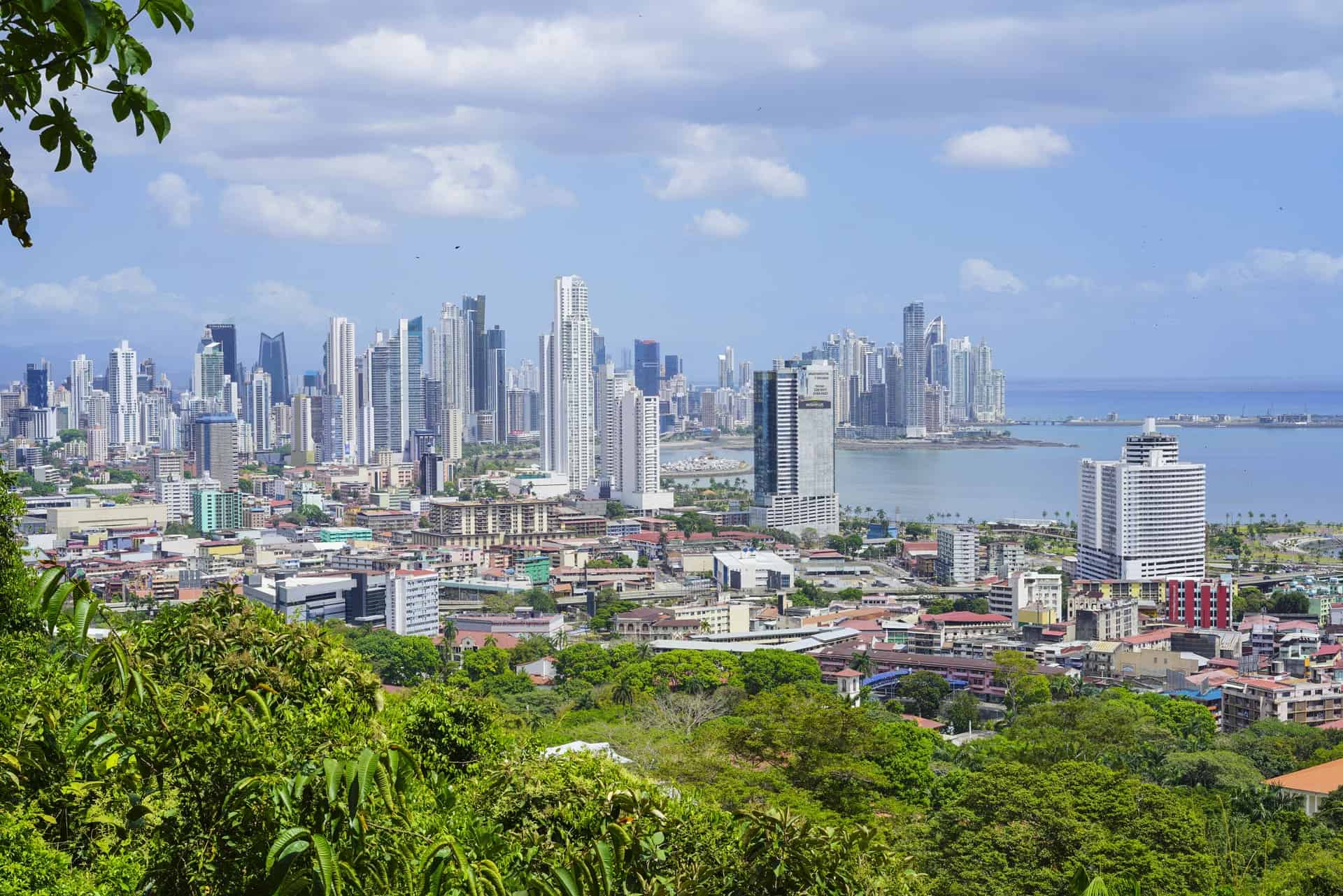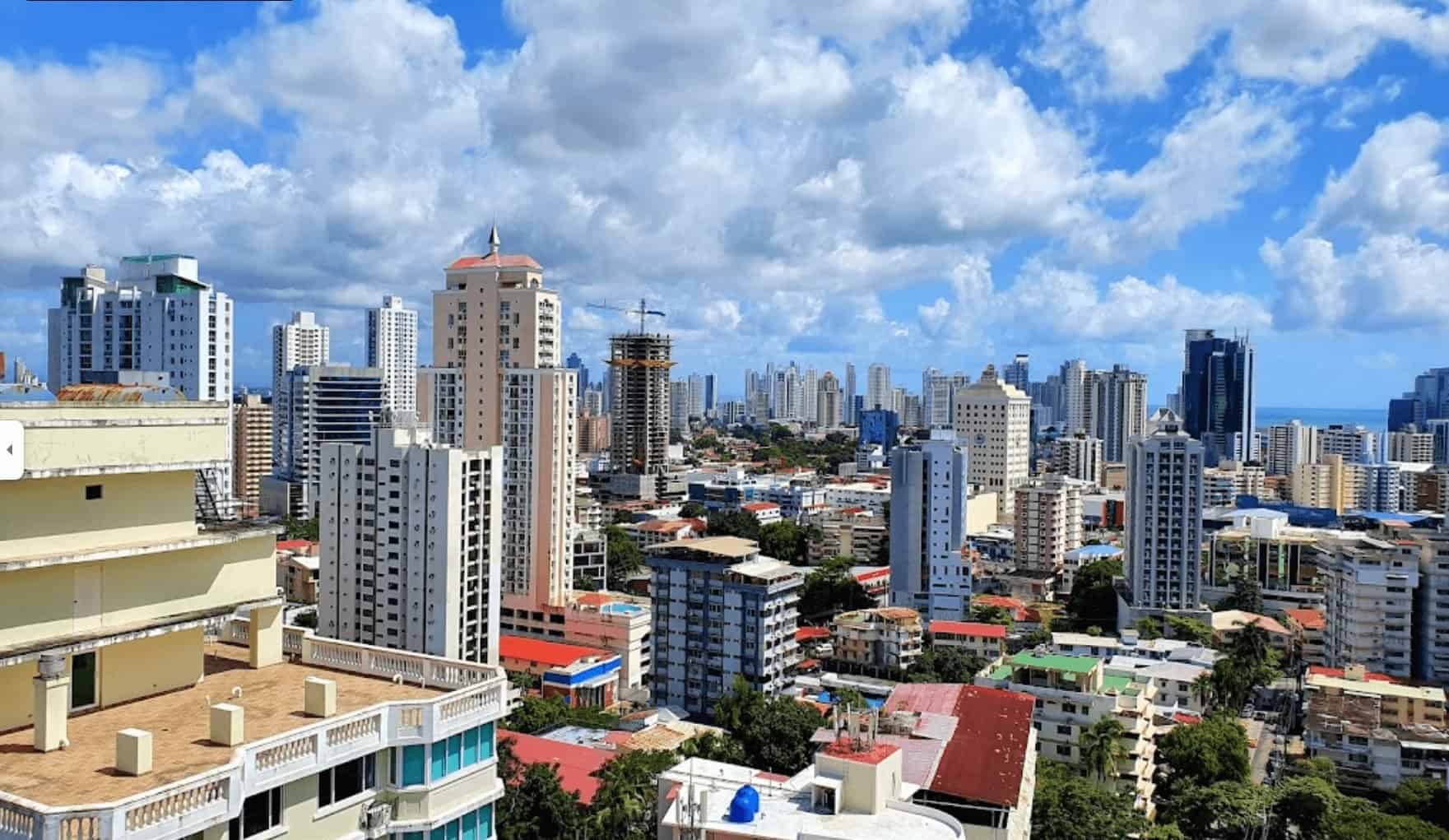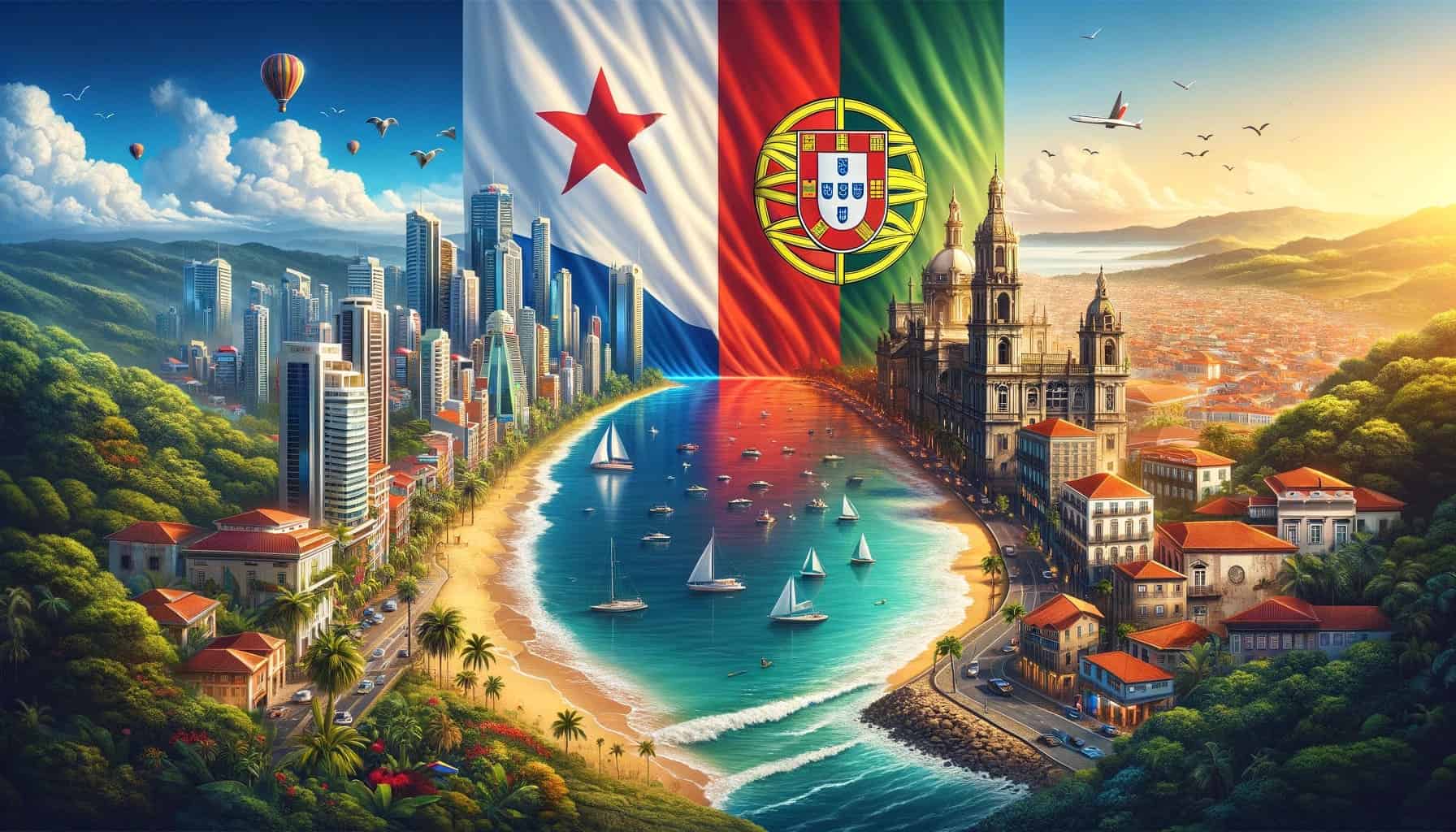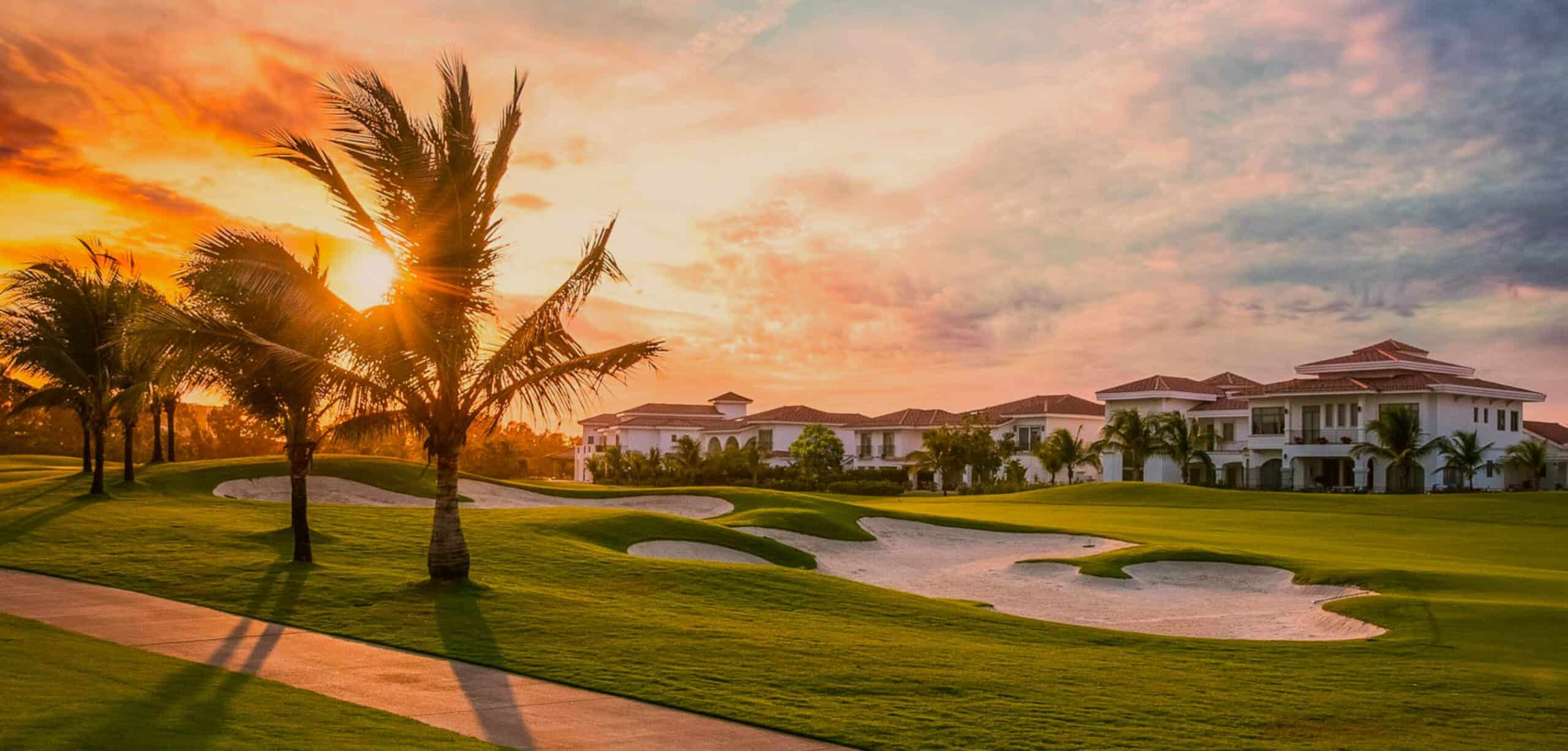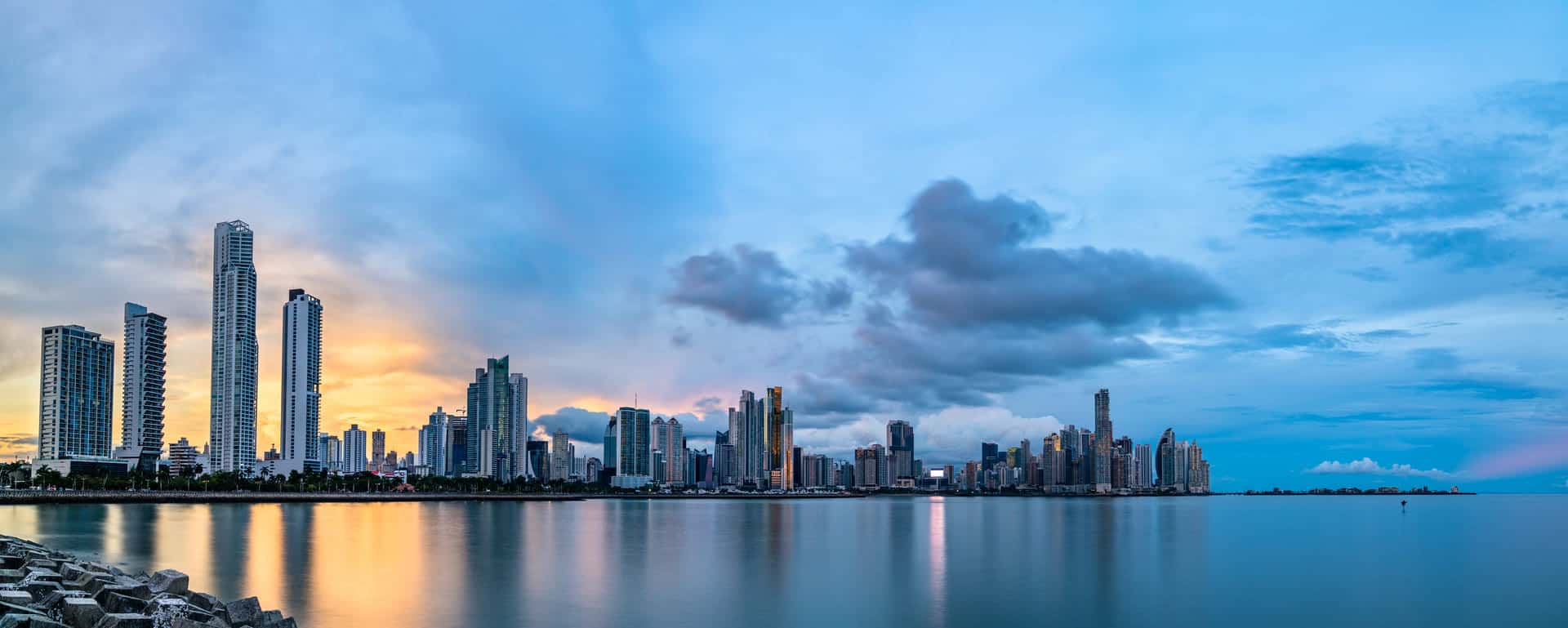Panama City, a bustling metropolis, stands as a testament to the remarkable journey of transformation it has undergone since the inception of the Panama Canal. As we embark on this enlightening exploration, we invite you to join us in unraveling the captivating narrative of Panama City’s urban development. The construction of the Panama Canal, which had a significant effect on real estate in the region served as a pivotal moment in Panama City’s history. We’ll delve into how this engineering marvel not only altered global trade but also transformed the city itself, turning it into a vital hub. We will explore the economic and social repercussions of this evolution and learn how the city’s growth has influenced the lives of its residents and contributed to its cosmopolitan allure. Join us on this captivating journey through Panama City’s past, present, and future. Let’s uncover the dynamic evolution that has made this metropolis a vibrant and thriving hub of Central America.

Historical Development of Panama City
The site of the future city was originally an Indian fishing village; the name Panamá means “Many Fish”. The city of Panamá, the capital of the Republic of Panama, was founded on August 15, 1519, by Pedrarias Dávila, and is the main cultural and economic center of the country. Under Spanish rule, Panama City flourished as a key trading post, mainly for the transport of Peruvian gold and silver to Europe. The city’s importance and wealth attracted the attention of pirates and privateers, leading to attacks such as the infamous sacking by Henry Morgan in 1671, which resulted in the relocation and rebuilding of the city in a new location (now known as Casco Viejo or Old Quarter) in 1673.
In the 19th century, Panama City underwent significant changes in its regional political role, particularly after becoming part of Colombia and experiencing periods of notable unrest. The year 1903 marked Panama’s declaration of independence from Colombia, leading to its establishment as the capital of the newly formed Republic of Panama. A significant turning point in the city’s history occurred with the completion of the Panama Canal, which was inaugurated in 1914. This remarkable engineering achievement revolutionized global trade by connecting the Atlantic and Pacific Oceans, propelling Panama into a prominent position in the world of commerce.
As a result, Panama City has transformed itself into a vibrant hub in the 21st century, known not only for its economic prosperity and impressive skyline but also for its lively atmosphere and dynamic way of life. Over the years, the city has witnessed extensive development, including the introduction of modern infrastructure, state-of-the-art shopping malls, and a continually evolving cultural landscape. However, amidst this progress, Panama City remains committed to preserving its rich historical and cultural heritage, exemplified by the beautifully restored Casco Viejo district.
The Panama Canal and City’s Transformation
The construction of the Panama Canal was a colossal project that faced numerous challenges, including disease outbreaks and logistical difficulties. The effort to overcome these challenges played a significant role in Panama City’s development, as it brought in a diverse workforce and led to various administrative and infrastructural improvements in the region. Following the canal’s completion, Panama City emerged as a crucial link in international shipping and trade. The city’s strategic location and the economic opportunities provided by the canal have attracted businesses and investors from around the world contributing to Panama City’s growth. The city has become a center for international banking and finance, attracting significant foreign investment and enhancing its global economic stature.
The Canal’s role in catalyzing international trade and reducing shipping expenses cannot be overstated. It has generated increased employment opportunities in Panama City and contributed to its economic development. Furthermore, the Canal’s presence has spurred extensive infrastructure development in and around the city. The establishment of new port projects and logistics centers has enticed global manufacturers, augmenting the nation’s competitiveness. Additionally, the expansion of the canal, nearly doubling its capacity, has reinforced Panama City’s standing as a pivotal global trade hub, and a significant commercial epicenter. It was profoundly influenced by the canal’s facilitation of global maritime routes, enabling the efficient exchange of goods between the Pacific and Atlantic Oceans.

Economic and Social Impact
Panama City’s evolution into a cosmopolitan metropolis and a beacon of economic prowess in Central America is a testament to the transformative power of urban development, economic liberalization, and infrastructural investments. This city showcases an impressive skyline marked by architectural marvels, reflecting its status as the region’s main financial center. The city’s growth has been significantly propelled by its geo-strategic position and major engineering feats such as the expansion of the Panama Canal, the construction of an extensive metro network, and the creation of metropolitan corridors.
The inflow of foreign capital, along with the city’s rapid development, has driven the real estate sector to meet the rising demand for housing and commercial spaces, leading to a transformation of the urban landscape. Panama City’s economic prosperity and cosmopolitan atmosphere have triggered lifestyle shifts among its residents, impacting dining preferences, social activities, and more. The city offers a blend of modern amenities, including healthcare facilities like Hospital Punta Pacifica, as well as economic opportunities like tourism, making it an appealing destination for both expatriates and locals seeking a diverse and vibrant lifestyle.
The economic success of Panama City is not solely due to its physical developments but also its embrace of trade liberalization and economic freedom. Panama City is a lucrative location for investment due to its stable economy, and ongoing infrastructural developments. The city’s economy is heavily service-based, focusing on banking, commerce, and tourism. It plays a vital role in trade and shipping activities related to the Panama Canal and its port facilities. These factors combine to make Panama City not only a key player in the regional economy but also an attractive destination for investors seeking opportunities in a dynamic and growing market.
Future Urban Developments in Panama City
For many years Panama has been investing most of its canal income in infrastructure projects. Panama City is undergoing significant urban developments that promise to transform its landscape and infrastructure in the coming years. These developments are centered around enhancing the city’s connectivity, livability, and sustainability, thus positioning it as a leading urban center in Latin America. One of the most ambitious projects is the expansion of Panama City’s metro system. This project aims to extend the metro’s reach, improving public transportation and reducing traffic congestion. The expansion includes new lines and stations that will enhance connectivity across the city and its suburbs, making it easier for residents and visitors to navigate the urban area efficiently.
Another notable development is the Panama Pacifico project, which exemplifies modern urbanism on a city and regional scale. Originally a military base, Panama Pacifico is being transformed into a new city center. The project has already attracted over 170 multinational companies and created a vibrant business hub. Future plans focus on placemaking strategies for the community’s Town Center, including the development of urban plazas connected to a grand park. This initiative aims to blend the area’s natural beauty with its urban environment, promising to significantly boost property values and quality of life for its inhabitants. Moreover, a new rail line extending westward from Panama City will further integrate Panama Pacifico into the region, enhancing its accessibility and appeal.
Furthermore, the government is investing in infrastructure initiatives, including new intercity roads like the Cruise Terminal. These developments are poised to further revitalize the Panama City real estate market. The upcoming urban transformations in Panama City are likely to wield a substantial influence on the real estate landscape, resulting in heightened property values and a wide array of investment opportunities in both residential and commercial sectors.

Panama City Today
Panama City today is a vibrant, cosmopolitan metropolis that offers a blend of modernity and historical charm. It’s a city where skyscrapers and lush greenery meet urban development. The city’s dynamic atmosphere is reflective of its diverse population and its role as a major hub for international banking and commerce. Daily life in Panama City is marked by its warm tropical climate, with residents and visitors enjoying the outdoors throughout the year. The city’s infrastructure supports a comfortable lifestyle, with a range of amenities and services available. The friendly and welcoming nature of Panamanians makes living in or visiting the city a pleasant experience.
The cityscape is dotted with exclusive residential buildings and architectural marvels, such as the F&F Tower (El Tornillo), known for its distinctive twisted shape. Panama City ranks 16th globally for the number of skyscrapers, boasting a skyline that rivals those of major American cities. Nightlife and dining in Panama City offer something for everyone, from trendy bars and nightclubs in the historic Casco Viejo district to gourmet restaurants in areas like Costa del Este. The city is renowned for its diverse culinary scene, where you can enjoy everything from traditional Panamanian dishes to international cuisine. For those interested in experiencing the local party culture, Panama City is known for its lively atmosphere, with a vibrant nightlife scene that includes a mix of local and international music, dancing, and entertainment.
Visitors can explore the historic Casco Viejo, admire the modern city center, or relax along the Cinta Costera, a waterfront promenade offering stunning views of the bay and the city skyline. Other notable attractions include the Panama Canal, one of the world’s most impressive engineering feats, offering a quick escape to nature within the city limits. Panama City today is a diverse and dynamic city that seamlessly blends its rich history with modern conveniences and luxuries. Whether you’re interested in exploring its historical sites, indulging in fine dining, enjoying the nightlife, or simply soaking in the urban atmosphere, Panama City has something to offer for every taste and interest.
Conclusion
Panama City’s evolution is a compelling testament to the power of vision and progress. From its humble historical beginnings to its pivotal role as a global trade hub due to the Panama Canal, this city has continually reinvented itself. The economic and social impacts have been profound, shaping the lives of its residents and contributing to its cosmopolitan charm. Today, Panama City offers a dynamic and thriving way of life, blending its rich history with a promising future. As we look to the future, Panama City’s ambitious urban development’s promise to further enhance its status as a vibrant metropolis. This journey through the city’s past, present, and future highlights the resilience and adaptability that have made it a thriving hub of Central America.

